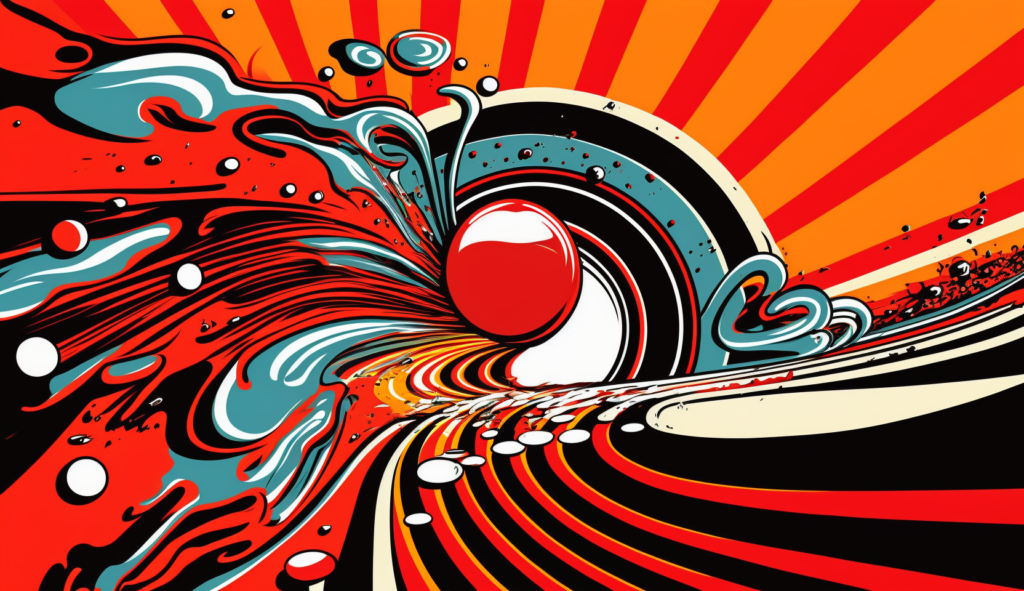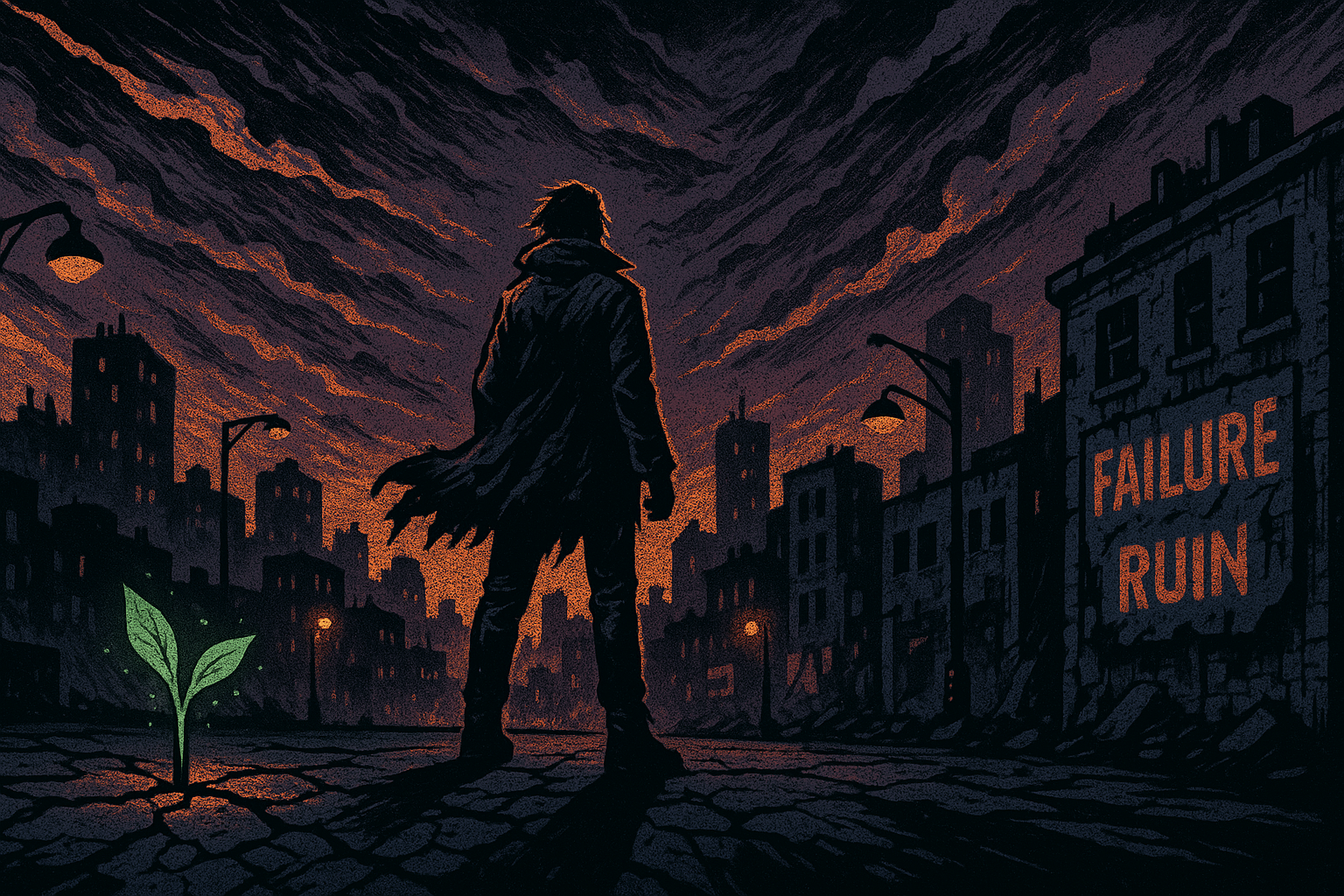Alex has never been able to establish more than 30 days of sobriety. It’s not for a lack of effort. He goes to meetings, has a sponsor, completed the Steps, does service work and just got out of rehab for the second time. Still he is stuck with chronic relapse. He’s confused wondering what other steps must he consider to stop his use of cocaine.
John’s not much different. Just a different vice. Johnny Walker Red has been his constant companion through thick and thin . . . lots of pressure as a commodity stock broker. Adrenaline flows every day at work which creates a ton of volatility. Over time his only constant friend has been his Johnny Walker Red. After losing his family, he entered rehab wondering what will it take to stop the crazymaking. He feels the junkie worm crawling up his spine for just one more drink after completing Step 4 with his sponsor. He’s wondering what more can he do?
Kerry got caught ogling and flirting with another waitress by his beleaguered wife, who is going insane from his disrespect. Even though he attends 12-step meetings, has a sponsor, and does therapy, he secretly returned to old destructive behaviors, after being sober for a long period of time. He began accessing porn on a secret burner phone. He has been strongly entertaining and engaging a hooker. He wonders why he abandoned his established sobriety and doesn’t come clean to his recovery support and wife.
Recovery requires an understanding of lapse and relapse behaviors. Relapse occurs when an addict re-engages the old lifestyle of destructive addictive behaviors. Some think of a single act out with a drug of choice as a “slip”. The difference between a “slip” and relapse is that relapse involves a consistent pursuit of old behaviors and not a mere single use. The vernacular is controversial. However you choose to reference a return to old destructive behavior it is against bottom lines and must be addressed.
A lapse in behavior is not a relapse. Lapses involved high-risk situations with people and places. They include mind states, powerful emotions, and behaviors that lead up to a relapse with a drug of choice if ignored.
Addicts in recovery often refer to their behavioral contract around their drug of choice as a sobriety contract. During 12-step meetings they will talk about inner, middle, and outer circles. Sometimes it is referred to as red, yellow, and green circles. Inner/red circles focus on behaviors that define acting out addictive behaviors. Middle/yellow circles define high-risk zones and outer/green circles identify positive, healthy behaviors designed to replace old destructive behaviors.
Lapse behavior is focused around the middle circle and imbalanced outer circle behaviors. Frequently, when an addict relapses, there is a significant focus on recovery tasks that were neglected and an emphasis on getting back to the basics that establish sobriety. Usually, this includes consistent attendance to 12-step meetings, regular contact with your sponsor, working the steps and picking up the phone, and reaching out to other addicts during craving for your drug of choice.
In general, these are important first steps to “getting back on the horse” and addressing your addiction when you engage in either lapse or relapse behaviors. That said, if you primarily focus on outside program intervention, you are likely to overlook what is critically missing on the inside.
During addiction recovery, when relapse occurs most addicts look to outside interventions that trigger an inside collapse of values and commitment to sobriety. But many addicts fail to look inside. Generally, it makes sense to examine tools from inside that were either not used or misused which opened the door to backsliding.
Here are some examples.
- Alex: While Alex was sincere in prioritizing therapy, meetings, steps, and service work, he failed to address self-sabotage inside. Enmeshed with his mother as a teenager he felt responsible to be her emotional support when his dad abandoned the family for another woman. Overwhelmed and depressed, Alex learned to depend on speedballs to get thru the rigors of academia in college. He likely won’t experience consistent sobriety without addressing his enmeshment with mom no matter how many meetings or rehab stints he engages. Unpacking destructive enmeshment and discovering his own self-identity (inside work) will be necessary for him to establish distance from his drug of choice and provide an inner healthy resource.
- John: While 12-step work is critical for John’s healing, he likely will not put a cork in the bottle until he addresses unresolved issues with his family of origin. Mom and dad were both alcoholics. Dad was a successful high-volume gastroenterologist who worked long hours during the week, and he drank and fought with his wife during the weekend. John learned to pretend his family was All American and that what was really important was to figure out how to be productive in his professional life. Without addressing the trauma of neglect and abandonment inside, it is unlikely that John will find a better friend than his Johnny Walker Red. He might learn to switch to another addiction but the craving that dominates within will remain until he addresses his trauma.
- Kerry: While he knows what to do to bring himself in balance with his recovery program, he hesitates because he is fearful to face the anger of his wife and the accountability from his recovery group, so he deepens isolation. He minimizes his behavior when discovered by his wife and paints a biased picture to his recovery support about his wife being over-controlling and making him the identified patient. The truth is that Kerry, who had been the face of a well-known corporation, was pushed out the door because of his high salary. Experts assessed that they can do better by repurposing his job and paying Kerry to retire. Well-compensated with a healthy retirement income, Kerry struggles with resentment of being forced into retirement, a loss of identity, and what to do to find significance. He turns to porn and flirtation to salve his wounded ego and soul. Until he learns to deeply grieve his transition, he probably will not stabilize his recovery program.
Recovery is about grieving. Most of us don’t want to practice grieving. Doing recovery is more an inside than an outside job. It is one thing to do outer program work—meetings/calls/written step-work, etc and another to go deep and heal inside wounds. Confidence in recovery is not dependent upon controlling outside results but knowing that you can go deep inside to embrace painful reality and rise again. Craving for your drug of choice is like sitting in the middle of a busy intersection in a major city. You must remove yourself to avoid getting run over by the bus barreling toward you (your addiction). This is the outer program intervention. Yet, inwardly, it is important to recognize the legitimate emotional need that must be met in a healthy way. This requires recognizing the effect and deepening self-parenting skills.





